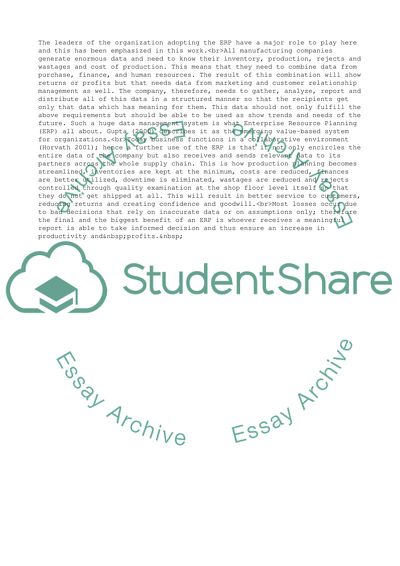Cite this document
(“Analysis of Enterprise Resource Planning Research Paper - 1”, n.d.)
Analysis of Enterprise Resource Planning Research Paper - 1. Retrieved from https://studentshare.org/management/1723348-enterprise-resource-planning
Analysis of Enterprise Resource Planning Research Paper - 1. Retrieved from https://studentshare.org/management/1723348-enterprise-resource-planning
(Analysis of Enterprise Resource Planning Research Paper - 1)
Analysis of Enterprise Resource Planning Research Paper - 1. https://studentshare.org/management/1723348-enterprise-resource-planning.
Analysis of Enterprise Resource Planning Research Paper - 1. https://studentshare.org/management/1723348-enterprise-resource-planning.
“Analysis of Enterprise Resource Planning Research Paper - 1”, n.d. https://studentshare.org/management/1723348-enterprise-resource-planning.


